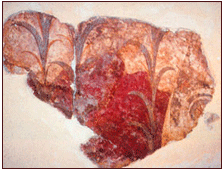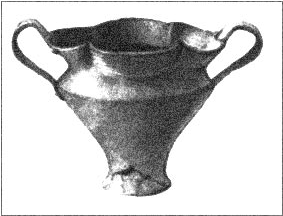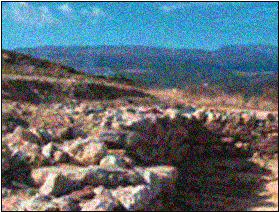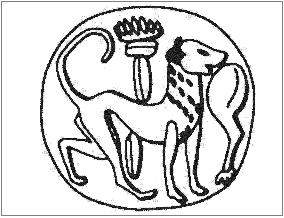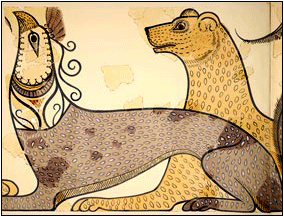For submissions, the press prefers digital images. If authors wish to submit original photos and artwork, they must be camera-ready illustrations of professional quality. Please contact the Press regarding submission of original artwork.
Image Resolution
It is extremely important that the correct resolution is used when submitting digital artwork. The minimum requirements for resolution in raster files are:
- 1,200 dpi (dots per inch) for line art (i.e., black-and-white line drawings, maps, and plans in bitmap [.bmp] mode)
- 300 dpi for halftones (i.e., black-and-white photos in grayscale mode)
- 600 dpi for color photos (CMYK mode)
- 300 dpi for combination halftones (i.e., images containing drawings/photos with text labels in grayscale mode)
- Vector files (.eps, .ai) do not have resolution requirements and are preferable when submitting plans, graphs, drawings, and so forth.
Image Sizes
All artwork should be submitted at its actual size (i.e., 100% final print dimensions for publication). Crop figures so that no unnecessary white space is left bordering the figure. This will help reduce the file size.
Do’s and Don’ts
| DO’s | DON’Ts |
|---|---|
| DO decrease your images but not by more than 20%. |
DON’T enlarge your images by more than 20%. A larger percentage will cause blurriness and pixelation in your images. |
| DO use .tif and .eps graphic file formats. |
DON’T use other graphic file formats like .gif, .png, .bmp, or .psd. These are low resolution file formats generally used for viewing from the web or other desktop applications such as Microsoft Word and PowerPoint. They are insufficient for professional offset printing. After re-sizing your image, try to convert files into .tif files in Photoshop with proper dpi (dots per image). If you are unable to convert your images, consult with the art department at the press to discuss an alternative. |
Line Art (drawn then scanned or Vector Files)
The proper setting for high-quality offset printing when handling line art is 1200 dpi. Line art is defined as a graphic image containing no shades of gray, with solid black and white edges. Below is an example of properly scanned line art (on the left) and line art improperly scanned (on the right). Please note the clean curves on the properly scanned image, which is set at 1200 dpi.
Use the EPS file format for all line art, charts, illustrations, clipart, and so forth. that were created or edited in vector applications such as Adobe Illustrator or Freehand. Line-art graphics may contain clipping paths from Adobe Photoshop as well.
If your image is from an original drawing that was scanned and opened in Adobe Photoshop, make sure that the resolution is 1200 dpi, which is standard because it creates the sharpest and most professional print quality finish. Save images with clipping paths from Adobe Photoshop as EPS files.
Scanning Photos
As a practice, always avoid using previously printed images such as halftones from books or magazines, in order to avoid creating a moiré effect in the image. A moiré is an unwanted pattern or series of low-opacity yellow lines that occur when an image is scanned from a professional publication.
Do’s and Don’ts
| DO’s | DON’Ts |
| DO scan color images at a minimum of 600 dpi. |
DON’T enlarge your images by more than 20%. A larger percentage will cause blurriness and pixelation in your images. |
| DO scan your bitmap .tif images at a minimum of 1200 dpi. A lower dpi will cause pixelated stair-stepping or distortion. | DON’T save images with RGB as the selected color mode. |
| DO make sure that your files are saved with the full and appropriate file extension. e.g., filename.eps | DON’T save your image in a MS Word document. While MS Word will let you do that, it is only for word processing. MS Word is not graphics software. All resolution will be lost and your size will not be accurate. |

